Our pantries are filled with staple ingredients to which we don’t give much thought, even though they can be the driving flavor in any number of dishes. Case in point: soy sauce (or its Japanese counterpart, shoyu). The umami-rich, fermented liquid is indispensable throughout much Asian cooking, cuisines that rely on a few high-impact flavors to boost otherwise simple dishes.
It's time to reconsider that bottle of soy sauce in your pantry—and how its powerhouse flavor enables flavor-packed meals in minutes. Here are some of our favorite ways to put it to work.
Use it in place of salt
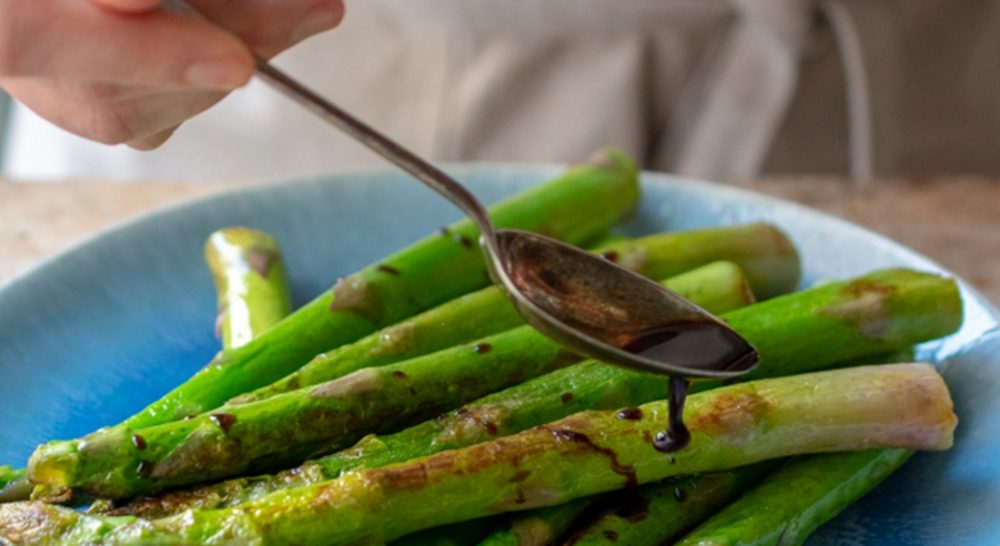
Soy sauce is an umami-rich, fermented product and therefore brings a lot more to a dish than just seasoning. Use a splash instead of salt on vegetables, in soups and in stews for extra depth and a deeper color
Make a quick marinade
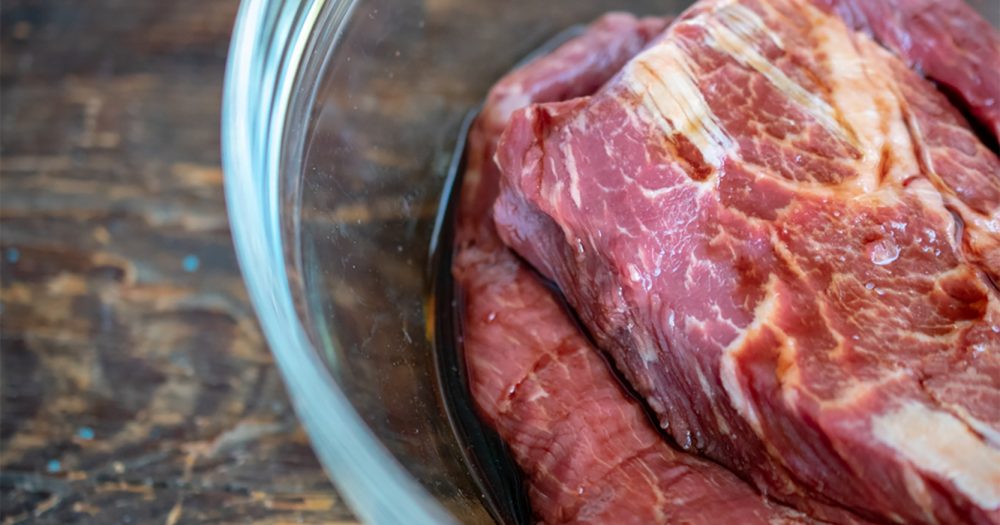
For a fast meat marinade, coat steaks, pork chops, chicken breasts or salmon fillets with 2 to 3 tablespoons of soy sauce at room temperature for 20-30 minutes before cooking. (Don’t marinate the steak longer than 30 minutes or it will be too salty.) Blot dry before searing or sautéing to avoid splattering or sticking
Try Ginger-Soy Steak with Pear-Cucumber Salad or Pan-Seared Miso-Marinated Skirt Steak, both of which come together in minutes thanks, in part, to the soy sauce.
Mash up a crave-worthy compound butter
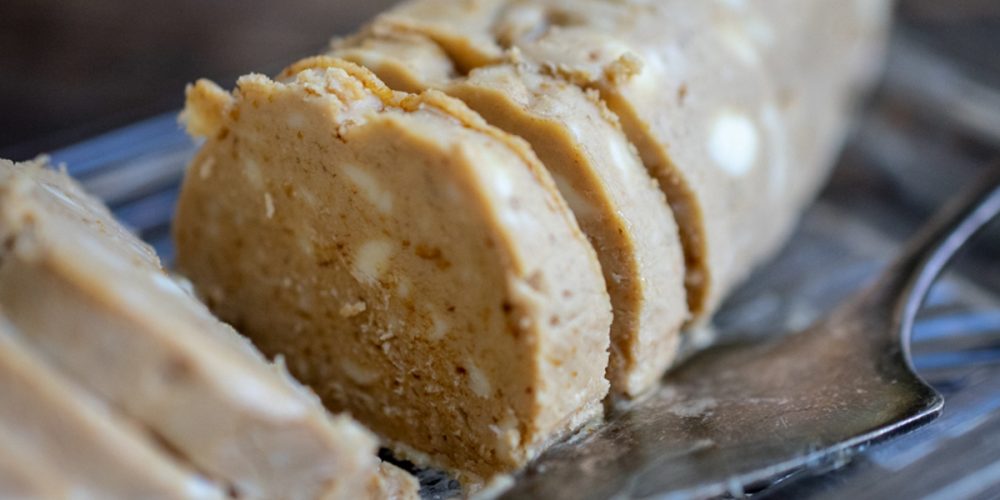
Everything’s better with soy sauce and butter. The combination results in bold flavor far greater than the sum of its parts. Blend soy into softened butter—one part soy to two parts butter—to melt over grains or vegetables or resting meats for a near-instant sauce. Dollop on rice or melt into sautéed mushrooms to add to omelets or pile on noodles. For extra convenience, make soy butter, roll into a log in plastic wrap, and freeze, slicing off coins as needed.
Make a pasta sauce with it
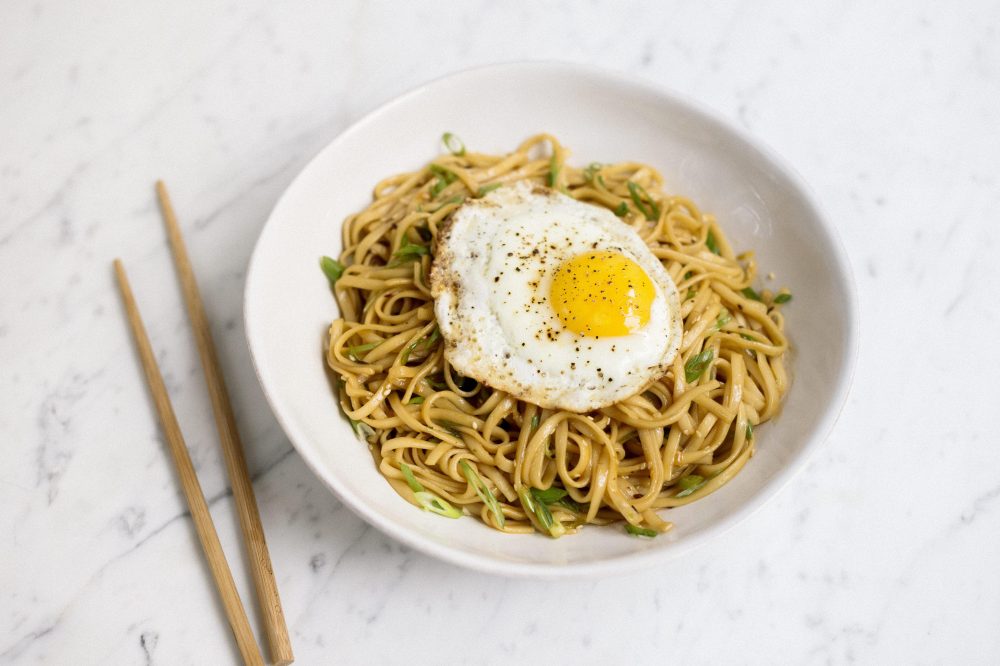
One of our favorite noodle dishes, inspired by cookbook author Fuchsia Dunlop, requires little more than soy sauce, scallions, sesame seeds and sesame oil. It’s your empty refrigerator dinner salvation:
Cook 12 ounces of dried udon or lo mein noodles (or even spaghetti in a pinch) according to the package instructions. In a serving bowl, whisk together 5 tablespoons of soy sauce, 3 tablespoons of unseasoned rice wine vinegar, 3 tablespoons of brown sugar and 1 tablespoon sesame oil. In a 12-inch nonstick skillet over medium, heat 4 tablespoons of neutral oil with 2 tablespoons sesame seeds and 1 to 1½ teaspoons red pepper flakes until fragrant, 3 to 5 minutes. Off heat stir in a bunch of chopped scallions, then stir the mixture in the serving bowl. Stir in the pasta and serve—adding fried eggs to each serving if you like (you can fry them right in the skillet you toasted the sauce ingredients in).
Get the recipe for Chinese Chili and Scallion Noodles here.
Whip up a do-it-all dipping sauce
Try a spin on a classic ginger-scallion sauce, which can be slathered on most anything savory or even used as a pasta sauce. Finely chop ¼ cup of peeled ginger (chop it really fine since it remains raw) with 1 bunch of finely chopped scallions (root end and tops trimmed), 2 tablespoons neutral oil, and 2 teaspoons each soy sauce and rice wine or sherry vinegar. Let sit for a bit to soften the ginger and meld the flavors. It’ll keep for up 4 days in an airtight container in the refrigerator (not that you’ll have leftovers that long).
Gussy up your potatoes
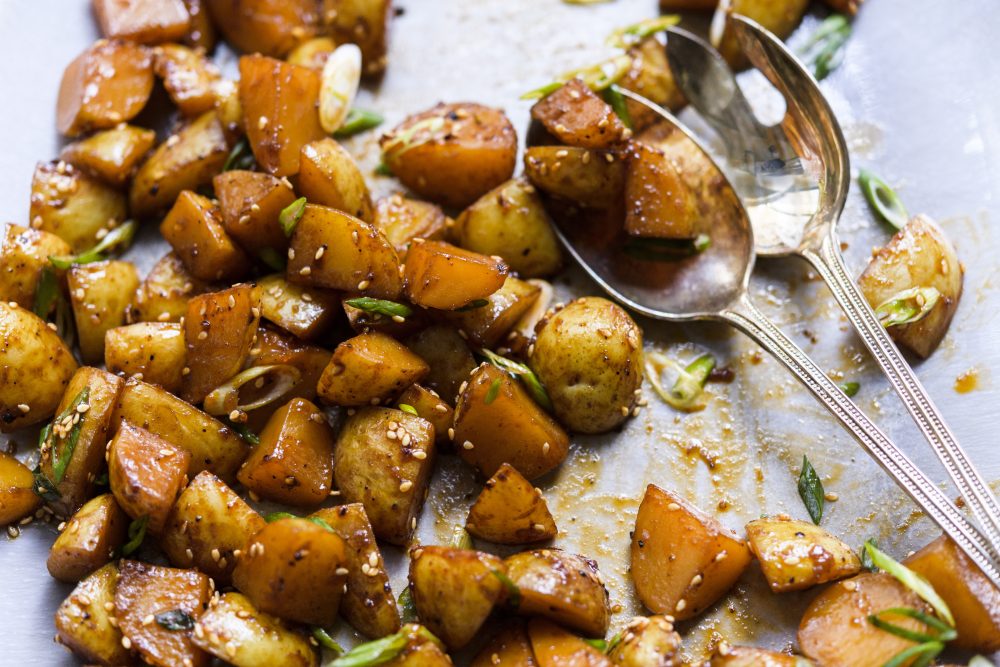
In Korea, dishes are served with a plethora of banchan, or small dishes designed to accent the main meal. Among our favorites is a simple dish of cubed potatoes simmered in soy sauce sweetened with a little sugar and spiced with gochujang, a fermented chili paste (that's become so popular you can find it in most supermarkets).
In a small bowl, whisk together ½ cup water, 3 tablespoons of the soy sauce, the mirin, gochujang, sugar, garlic, 1 teaspoon salt and ½ teaspoon pepper. In a 12-inch nonstick skillet over medium, heat 1 tablespoon oil, cover and cook 2 pounds Yukon Gold potatoes, stirring occasionally, 10 to 12 minutes. Stir in soy sauce mixture, bring to a simmer, reduce, cover and cook, about 10 minutes.
Get the recipe for Gochujang-Glazed Potatoes here.
Master weeknight pork stew
In Indonesia, soy sauce is often sweetened with palm sugar (it's called kecap manis). Sweet, salty and bold, it’s a remarkably useful ingredient. Thankfully, it’s easy to replicate by blending equal parts conventional soy sauce with molasses, bringing to a boil, simmer until viscous, then cool. Try it in our Sweet Soy-Braised Pork, a quick skillet stew, inspired by a Balinese dish, in which the sweet soy brings out the best in meaty country-style ribs, one of our favorite cuts for its rich flavor, convenience (they are boneless despite their name) and value.



